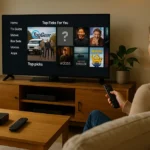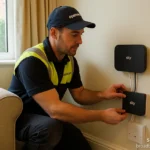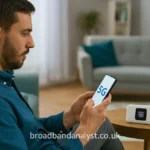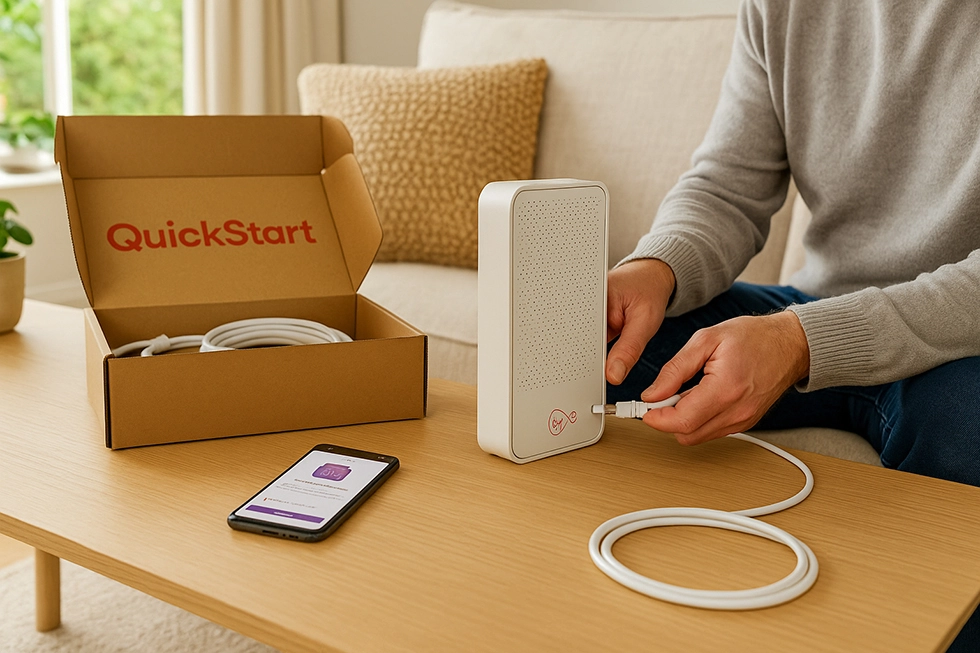There’s been plenty of talk about the big copper switch-off and the headaches it brings, but Openreach has quietly lined up a new safety net for those who simply can’t move yet. From 28 October 2025, its SOTAP Analogue service will be on the market nationwide, giving vulnerable and edge-case users a traditional phone line without the need for broadband or extra equipment. It’s not here forever, but it buys vital time for the people who need it most.
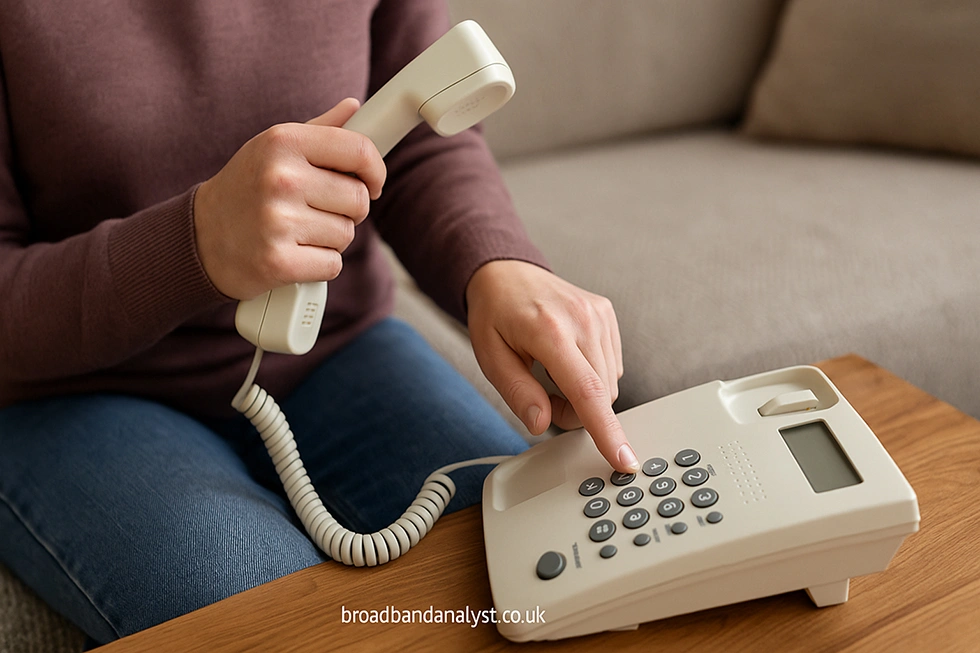
What is SOTAP Analogue?
Think of it as a replica of the old-school line. The exchange generates the dial tone and line power, so you just plug in your phone as before. No router, no broadband, no battery packs lying around the house. It looks and feels like the line you’ve always had, but it’s built on modern infrastructure that keeps everything running while the old PSTN is on the way out.
Openreach is clear though – this is not a brand-new product for everyone. It’s designed for customers who already have a line and would otherwise struggle to move to digital voice. Telecare devices, some alarms, and critical national infrastructure kit often fall into this category.
How does it fit alongside other options?
Most people are being shifted over to Digital Voice or VoIP. That means your phone plugs into your router, the call goes over broadband, and you’ll usually need a power backup if you want it to work during a cut. For the majority of homes this works fine, but it’s not universal.
SOTAP Analogue sits apart. It’s a standalone analogue service – available even in areas where full fibre or SOGEA is the norm. At retail level, it usually appears as BT Wholesale’s Pre-Digital Phone Line (PDPL). Same idea, just packaged for providers. It’s there to give you breathing room until your devices are ready for the all-IP world.
Who can actually get it?
This isn’t a free-for-all. The line is strictly for:
- Vulnerable users who rely on analogue telecare that won’t work over digital yet.
- Customers with safety-critical kit tied to the old PSTN.
- Certain edge cases where an IP migration just isn’t safe today.
If you’re a new customer wanting a cheap landline – this isn’t for you. It’s a transitional tool, not a mass-market product.
Where will it be available?
Openreach says it will be nationally available – meaning you can order it even in towns already upgraded to FTTP. The catch is you must already have a line in place. Providers will decide how they check eligibility, but the focus is very clearly on those who genuinely cannot move yet.
How much does it cost?
On the wholesale side the numbers are straightforward:
- Around £127.80 per year ex-VAT (about £10.65 a month).
- Connection or migration is £30.91 ex-VAT.
By the time it reaches retail customers, prices will be higher once VAT, margins and support features are added. The important point is that the cost is deliberately close to what people already pay for WLR so there isn’t a sudden jump.
How long will it last?
Here’s the catch – it’s only temporary. PSTN and WLR are being withdrawn by 31 January 2027, and SOTAP Analogue is a bridge to help the most difficult cases across that gap. Once those legacy needs have a safe digital answer, the product will close.
On top of that, Openreach is planning to shut down around 100 exchanges by 2030, with more closures rolling out afterwards. As exchanges close, so does SOTAP Analogue. In other words, this is a short-term fix to keep the wheels turning, not a permanent way back to the copper past.
Why now?
The PSTN switch-off has already been delayed once. Providers and councils raised the alarm about 1.8 million people using telecare systems that didn’t play nicely with digital. Vulnerable customers needed more time, so the deadline moved from 2025 to early 2027.
SOTAP Analogue is one of the stop-gaps built into that new window. It gives telecare vendors, councils and households breathing space while they adapt.
Power resilience and safety
One of the biggest concerns with digital voice is what happens when the lights go out. Routers need power, and not every home has backup batteries. SOTAP Analogue sidesteps that because it delivers line power straight from the exchange – just like the PSTN.
That’s not a long-term guarantee though. Ofcom requires providers to ensure at least an hour’s worth of emergency access during a power cut, and the Government’s PSTN Charter pushes for even more in the case of vulnerable users. Long term, every customer will need a digital solution with a clear resilience plan.
Key dates to keep in mind
- 28 October 2025 – SOTAP Analogue launches nationwide.
- 31 January 2027 – PSTN and WLR finally switch off.
- 2030 onwards – mass exchange closures accelerate, closing the door on SOTAP Analogue entirely.
The bigger picture
So where does this leave people? If you’re on a standard landline with no special equipment, your provider will move you onto digital voice sooner rather than later. For most households it’s already happening and will be complete before the final switch-off.
If you’re in the vulnerable category, SOTAP Analogue gives you continuity. It’s not flashy, it’s not new tech, but it keeps the dial tone alive until something safer and modern is in place.
Wrap up
Openreach’s SOTAP Analogue is about reassurance. It tells those who can’t make the digital jump just yet that they won’t be left behind when the copper lines go dark. But the writing is still on the wall – this is a temporary fix, not a long-term lifeline. The future is all-IP, and exchange closures will make sure of that.
Until then, SOTAP Analogue is there to give the most vulnerable customers the breathing room they need, while the industry finishes the job of building a digital voice network that works for everyone.


